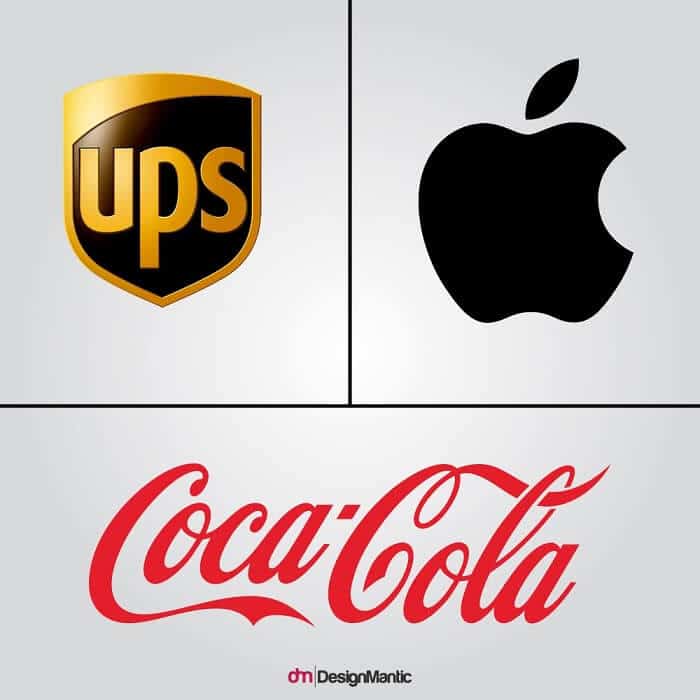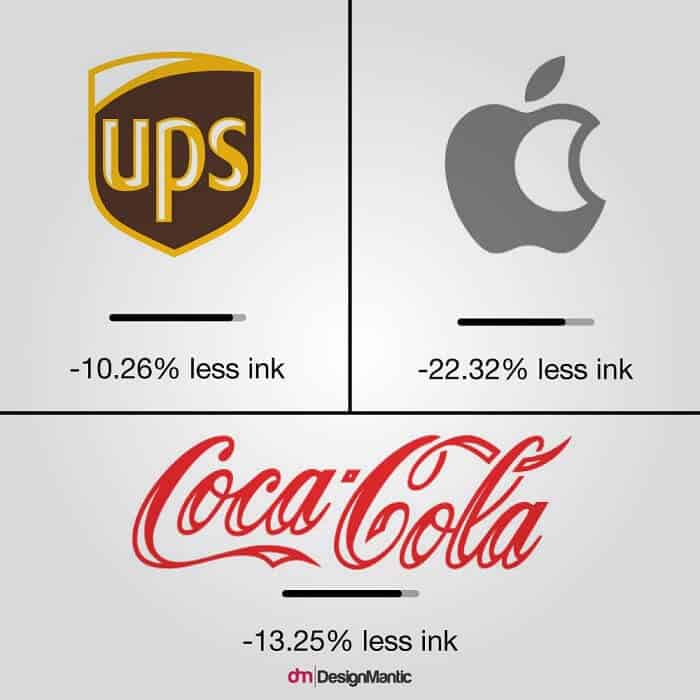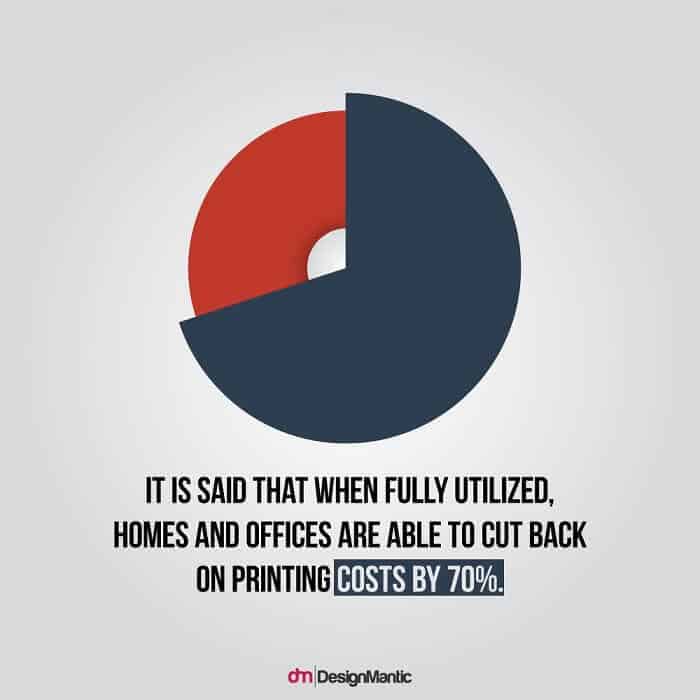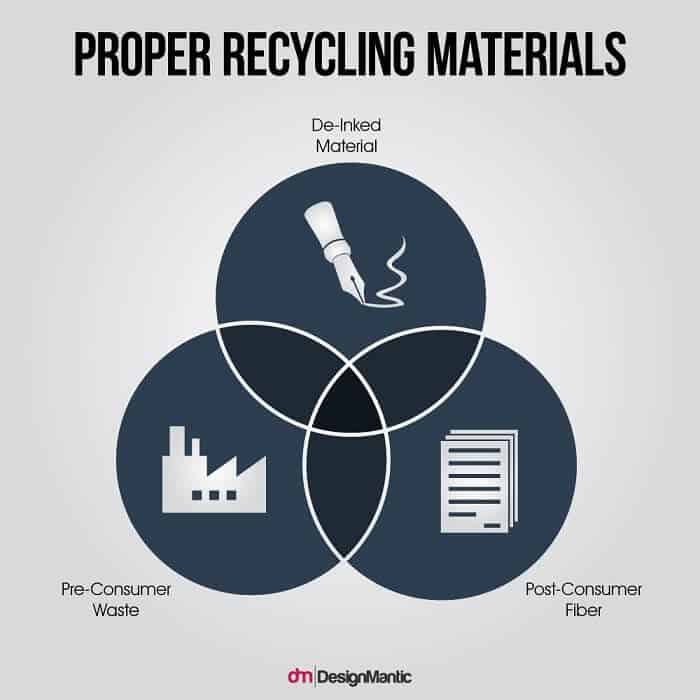Having a logo is extremely crucial especially if you’re a fresh-off-the-boat company with no prior exposure and your target audience has no knowledge of your existence or what you’re trying to sell. Logos help consumers to better recall and identify a particular company that offers them unique products and services that satisfy their needs. However, it can also be quite harmful to the environment as well.
The Dark side of Logos
To be clear, printing and publishing a logo design is not only very expensive, but also damages our precious ecosystem. I say expensive because believe it or not, printer ink costs twice as much as a Chanel no.5 perfume bottle.
And the reason why printing ink is harmful to the environment is because it contains several harmful chemicals like butyl urea, cyclohexanone, sulphur and ethoxylated acetylenic diolsthat. Printing a single logo isn’t something to be alarmed about, but printing the same logo over and over on a billion bottles surely will.
It is in response to this that we have conjured up this article to present you with solutions that reduces print ink wastage and printing costs. Thus, you can kill two birds with one stone, by saving Mother Nature and give your company visibility with an eco-friendly logo design.
- Colors
What do you see when you look at these logos?

A huge waste of printing ink, that’s what it is.
And with these kinds of logos being printed on billboards, newspaper ads, brochures and flyers, it will very likely cost you millions of dollars. Fortunately, French designer Sylvain Boyer, came up with a fantastic solution called Eco-branding. Eco-branding came to fruition in 2013 when Boyer was celebrating the birth of his first daughter by printing multi-colored birth-announcement cards. In order to cut costs, he came up with an idea to use fewer colors without compromising the quality of the cards and also reduce its harmful effects on the environment.
The result is as follows:

Source: Adweek
As you can see, in spite of these logos using less ink, they are not much different from the original. Boyer hopes that other brands will also give their logos an ecological facelift to opt for a more sustainable growth. So in short, fewer colors means less wastage of ink and less damage to our beloved planet’s ecosystem.
- Fonts
Another way to reduce the cost of printing logos and the hazardous impact of printing ink is by changing the default font to a lighter one.

What’s also important is that you should reduce the size of your text for obvious reasons of course. Just don’t do it to the point where it gets harder for people to read when they see it in various adverts.
- Green Printing
Green Printing has been picking up over the last couple of years as environment-friendly printing methods are being given more focus. This is because green printing uses recycled paper, low Volatile Organic Compound ink as well as energy-efficient equipment and computers among other sustainable elements.

Green printing brands like Printingforless.com, uses vegetable-based inks that are made from soy without releasing any VOCs. Not only are they much easier to recycle, but they’re also a lot simpler to de-ink. And the best part of this all is that you can still print high-quality images or logos with this.
PFL also uses water-based aqueous coatings that covers printed papers with a high-gloss surface that prevents fingerprints, dirt and is a lot friendlier to beautiful green earth than the ones used by other printing companies that use UV coatings.
- Use Proper Recycled Paper
Of course, green printing wouldn’t be complete without recycling paper. However, it is crucial to choose the right one as they are not all made with the purpose to protect the ecosystem. An example of this is processing tree pulps, which the paper manufacturing industry’s needs to reduce in producing their products. As a result, the damage to the trees will be lessened.

It is recommended to use papers that are made with ECF (Elemental Chlorine Free) bleaching processes like those used at PrintingForLess.com. These techniques lessen the release of dioxins that are considered to be very toxic organic pollutants. PFL highly recommends choosing their scrap paper that requires much less energy, chemical treatment and water.
Conclusion
With benefits of cost reduction and less emission of environmental pollutants, I believe it is legitimately safe to conclude how much better it will be for your company to own an eco-friendly logo. Hence, sustainability is the way to go. If you can toss in a couple of ecological logo making tips, please mention so in the comments below and the earth will be all the more cleaner and safer to inhabit.